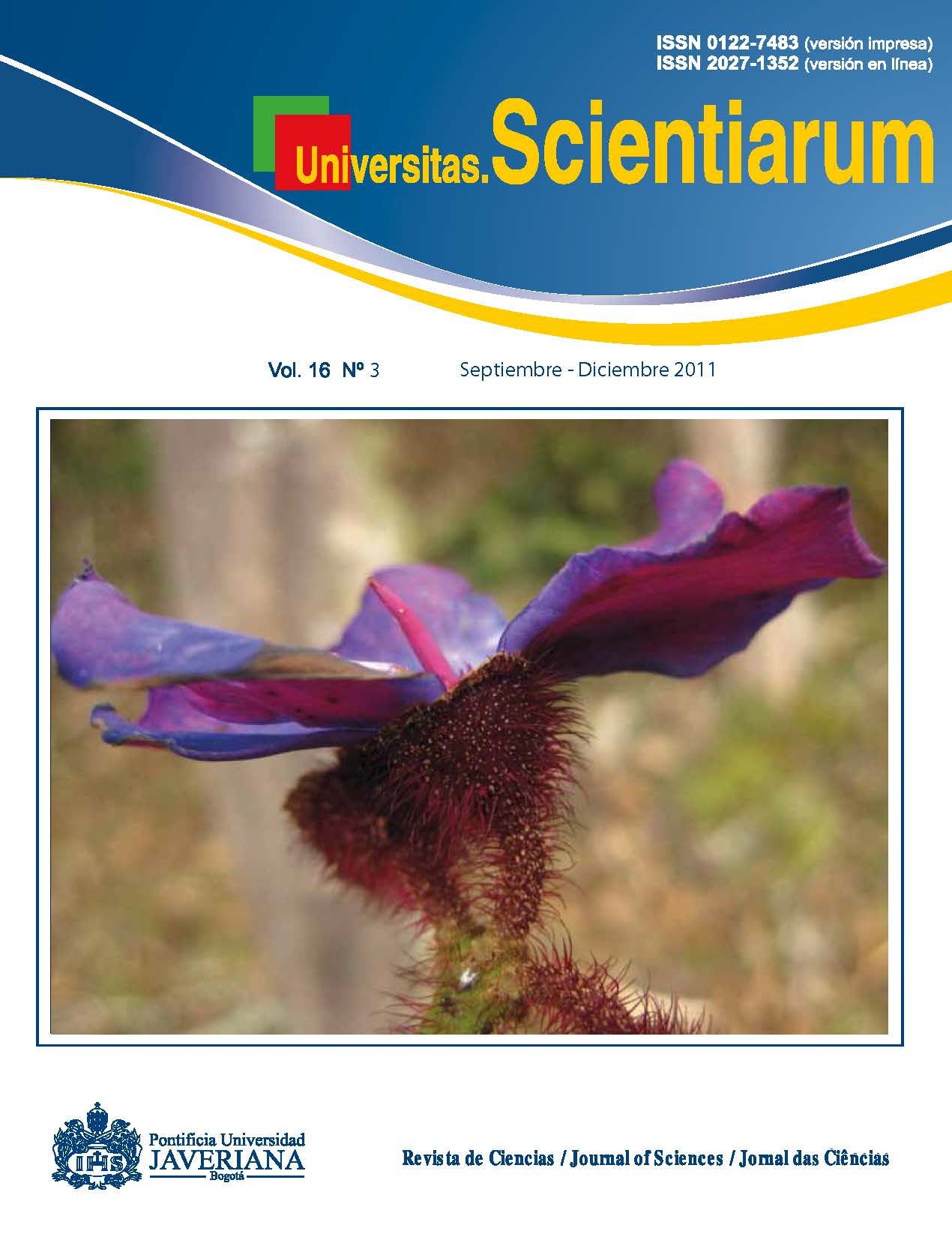Abstract
Objective. To synthesize and carry out a preliminary evaluation of the in vitro antifungal activity of oximes, oxime ethers and isoxazoles. Materials and methods. Oximes were synthesized from aldehydes or ketones with NH2OH.HCl and K2CO3. Oxime ethers were prepared by alkylation of oximes with propargyl bromide or 2-bromobenzyl bromide, using NaOH as base and acetone as solvent. The isoxazoles were obtained by 1,3-dipolar cycloadditions using ceric ammonium nitrate (CAN), chloramine T (CAT) and NaOCl. Products were identified or characterized using nuclear magnetic resonance (NMR) and mass spectrometry (MS). Radial growth inhibition assays against Aspergillus niger and Fusarium roseum were carried out. Results. Five oximes, seven oxime ethers, four of them new, and four new isoxazoles were obtained. The assessed substances exhibited antifungal activity in amounts of 1,5 mg and 3,0 mg. Conclusions. Although 1,3-dipolar cycloadditions allowed to obtain the desired isoxazoles, this methodology produced a wide variety of side products that reduced yields and made difficult the purification of the target products. Four of the tested compounds showed inhibition percentages greater than 80%.
Key words: oximes, oxime ethers, isoxazoles, antifungal activity.
Univ. Sci. is registered under a Creative Commons Attribution 4.0 International Public License. Thus, this work may be reproduced, distributed, and publicly shared in digital format, as long as the names of the authors and Pontificia Universidad Javeriana are acknowledged. Others are allowed to quote, adapt, transform, auto-archive, republish, and create based on this material, for any purpose (even commercial ones), provided the authorship is duly acknowledged, a link to the original work is provided, and it is specified if changes have been made. Pontificia Universidad Javeriana does not hold the rights of published works and the authors are solely responsible for the contents of their works; they keep the moral, intellectual, privacy, and publicity rights. Approving the intervention of the work (review, copy-editing, translation, layout) and the following outreach, are granted through an use license and not through an assignment of rights. This means the journal and Pontificia Universidad Javeriana cannot be held responsible for any ethical malpractice by the authors. As a consequence of the protection granted by the use license, the journal is not required to publish recantations or modify information already published, unless the errata stems from the editorial management process. Publishing contents in this journal does not generate royalties for contributors.



